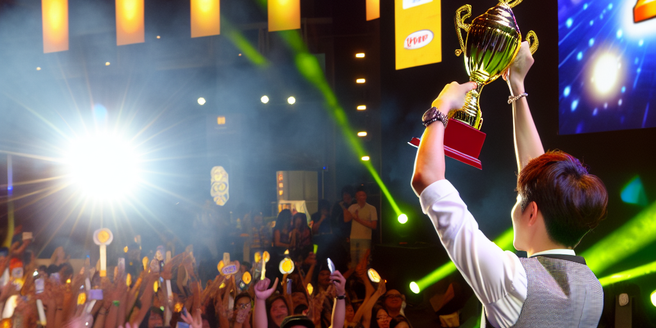
Understanding the Judging Criteria
To excel in any contest, understanding the judging criteria is crucial. Judges often have specific requirements or preferences, which are documented in the contest rules or guidelines. Participants should thoroughly review these criteria to ensure their entry aligns with the expectations. This involves identifying key themes, techniques, or elements that are valued. A meticulous analysis of past winners can provide additional insights into the judges’ mindset. Additionally, ensuring that every requirement is met not only demonstrates professionalism but also maximizes the chances of scoring high marks. Clarity, originality, and presentation often play significant roles in the decision-making process, and understanding precisely what each judge is looking for allows entrants to tailor their submissions accordingly. Thorough preparation in this area can significantly enhance one’s competitive edge.
Crafting a Standout Entry
Creating a standout entry involves several strategic approaches. The first step is ensuring that your work is unique and presents a fresh perspective on the theme. Innovating within the guidelines can set your entry apart. Consider the presentation aspect as well; how will your work grab attention at first glance? High-quality visuals, compelling narratives, and engaging formats contribute significantly to the impression your entry makes. Another crucial component is storytelling; infusing your entry with a compelling story can forge a connection with the judges. It is necessary to maintain a balance between creativity and adherence to the contest rules. Lastly, seeking unbiased feedback before submission can provide valuable insights on how others perceive your work, allowing for refinements to enhance its impact.
Leveraging Creativity and Originality
Success in contests often hinges on creativity and originality. These elements draw the attention of judges by presenting something new and unexpected. Creativity involves exploring uncharted territories and experimenting with unconventional ideas. It is about pushing boundaries while remaining relevant to the contest theme. To ensure originality, avoid clichés and strive to bring a unique approach or aesthetic. Incorporate personal experiences or distinctive ideas that no other participant might possess. Furthermore, research current trends and consider how your entry can stand out while remaining contemporary. Originality is not just about doing something different but doing something better, presenting a perspective or execution that surprises and delights the judges.
Strategic Planning and Timing
Winning a contest is not solely about having a brilliant idea; strategic planning and timing can be equally important. Start by thoroughly understanding submission deadlines and plan your work schedule accordingly. Allocate ample time for brainstorming, creating, revising, and perfecting your entry, allowing contingency for any unforeseen delays. Effective time management ensures each phase of the process receives adequate attention without causing last-minute rushes. Additionally, consider the timing of your submission—entering early might ensure attention when judges are fresh, while entering close to the deadline could benefit from memory retention. Continually review your progress and adjust plans as necessary to stay on track. Strategic foresight helps maintain focus and direction, giving you the best chance to succeed.
Effective Use of Resources
Maximizing available resources can significantly enhance the quality of your contest entry. Start with identifying and gathering essential materials, tools, and references that relate to your theme or project. Exploit online resources, libraries, and tutorials to expand your knowledge and skills. Collaborate with peers or mentors who can offer expertise, feedback, and support. Efficient use of time as a resource is critical; allocate specific blocks for research, creation, and refinement, so each receives necessary attention. Moreover, software and technology can amplify your creative process—employ design tools, editing software, or analytical platforms to boost your entry’s polish and precision. By optimizing what’s accessible, you fortify your chance of delivering a standout submission.
Learning from Past Winners
Analyzing past winners is an excellent method to garner insights and improve your contest entries. Begin by studying their work to understand what set them apart—look for innovative features, techniques, or themes that attracted the judges. Notice the trends in winners’ styles and presentations over the years, as this may indicate certain attributes favored by the judges. Examining judges’ comments on winning entries can provide clues about valued elements and common feedback. Furthermore, learning about the journey and background of past winners could inspire fresh ideas and strategies for your approach. However, while adopting aspects of successful entries, ensure your work retains original thought and individual interpretation. This blend of learning and innovation can be key to triumphing in future contests.
